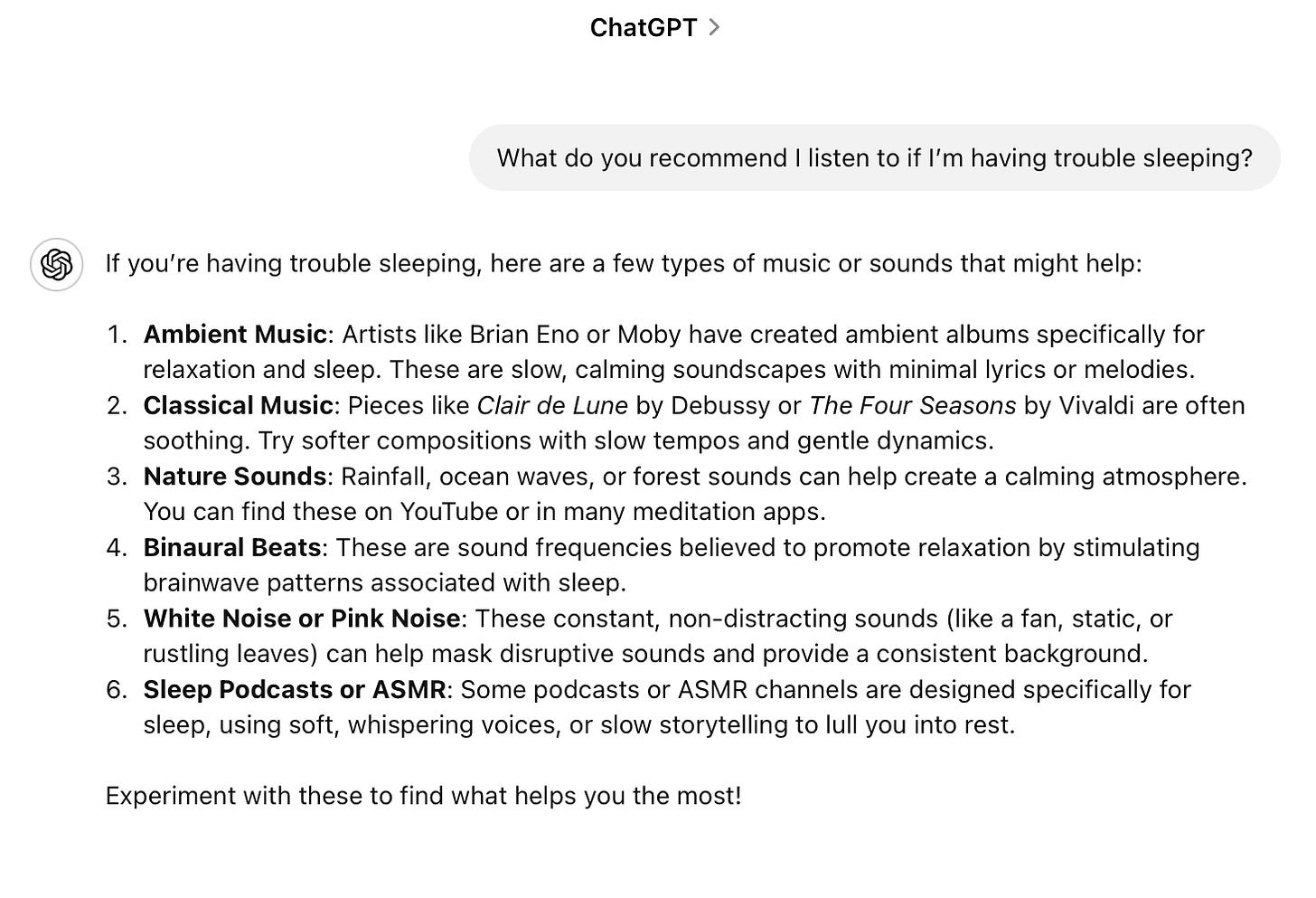On the Future of AI in Mental Health
What would be the difference between a real and a simulated emotion?
I remember one time when I was a young teen, and I was very angry at my father (whom I love very much), though I do not remember what I was angry about. For some reason, I struggled to speak to him in person about the things that were bothering me, so I chose to write him a letter. It was my way of confronting our disagreements, and while I do not remember exactly what he wrote back, I know it was kind and the overall experience benefited both of us. In short, we understood each other’s perspective, and we processed our emotions. Writing, in general, has always been regarded as a great form of self-expression and healing. Many therapists still prescribe journaling for reasons ranging from self-expression to tracking patterns. I firmly believe that this power of writing is part of the reason many people express their frustrations over social media. While social media may not be the best outlet, I often encourage people to keep a journal, note on their phone, or something where they can express their thoughts, feelings, and emotions, even if they decide not to share them with anyone. They can even burn them as a form of “letting go” of that emotional baggage.
However, there is another interesting technique around the idea of expressing emotions called “The Empty Chair” that I have often seen used in therapy. It is designed for clients to engage with an imaginary “being” made of either themselves. It may be a younger version of themselves, a part of themselves (such as their anger), or a person that is not available for whatever reason. Say there is a 50-year-old woman going to therapy. Her therapist and her agree that she is holding on to so much resentment and anger stemming from an alcoholic, abusive father who passed away two years prior. Since her father is no longer available for her to confront him and resolve some of these issues, the therapist may use the empty chair and have her speak to it as if her father was sitting there. Maybe there were things that she never said to him that she wishes she had said. Maybe she just needs to tell him off for everything he put her through. It can be a very powerful technique, if executed correctly. There are many things that, on the therapist side, need to be planned and arranged for it to be successful. When clients speak directly addressing the person at the center of their problem, the conversation is very different than when they are speaking about it to a therapist.
Think about it: Whom would you confront about that splinter in your mind that has been hurting you for years? How do you think you would feel afterward? Would you have some sort of revelation or epiphany?

Enter artificial intelligence. The idea that humans can have meaningful interactions with AI is not new at all. In fact, there have been films dating back to the 1920s that featured some form of AI, and one could even argue that early forms of it could be traced back to literature in the 1800s such as Mary Shelley’s Frankenstein. But the concept of AI really emerged with the rise of the sci-fi genre in pop culture from the ’50s onward, and since then, technological advances have consistently realized what was only dreamt of decades/centuries before (I will list media for further exploration). We are at a technological stage where you could technically re-create someone’s personality through an AI chatbot, and then confront them about a problem, experiencing some of the real elements of communication along the way. People have already been using AI as one would a friend, to ask for suggestions, bounce ideas, or support one through mental health problems (see example below).

In the example of the 50-year-old client with resentment toward her deceased father, what if we created an AI bot with her father’s personality or likeness and then allowed her to process that resentment while speaking with the bot in a safe and controlled environment? How might that differ from the Empty Chair Technique? Would it be more or less effective? While the AI would be a simulation of her father, the feelings would hold some reality to them since they stem from a part of who the father truly was. If it helps the client heal to a considerable degree, would we consider those emotions she processed as real or not? What makes an emotion real?
What if we assign AI companions to lonely people, specially the groups that are most vulnerable, such as the elderly? AI bots that provide companionship already exist, and they already amass millions of users. We could put the AI into lifelike robots of all shapes and sizes, not just cell phones and computers. What if we help children with autism learn social skills through the use scenarios facilitated by AI? What if we use AI, in combination with virtual reality, to re-create, in a controlled fashion, certain phobias and help clients overcome their fears?
And that is not even the beginning of it.
A little bit of further exploration, in no particular order:
Film:
Ex Machina (2014)
The Matrix (1999)
Blade Runner (1982)
Blade Runner 2049 (2017)
Total Recall (1990/2012)
Star Wars (1977)
I am Mother (2019)
Passengers (2016)
The Terminator (1984)
Robocop (1987), recommend pairing it with Dredd remake (2012)
Tron (2010, although the original also has AI/programs)
Wall-E (2008)
Anime:
Ghost in the Shell (1995)
Hand Maid May (2000)
The Iron Giant (1999)
Psycho-Pass (2012)
Short Stories:
“Circular Ruins” by Jorge Luis Borges
“We Can Remember It for You Wholesale” by Philip K. Dick
“There Will Come Soft Rains” by Ray Bradbury
Books and Novels:
Simulacra and Simulation
I, Robot
Do Androids Dream of Electric Sheep?


